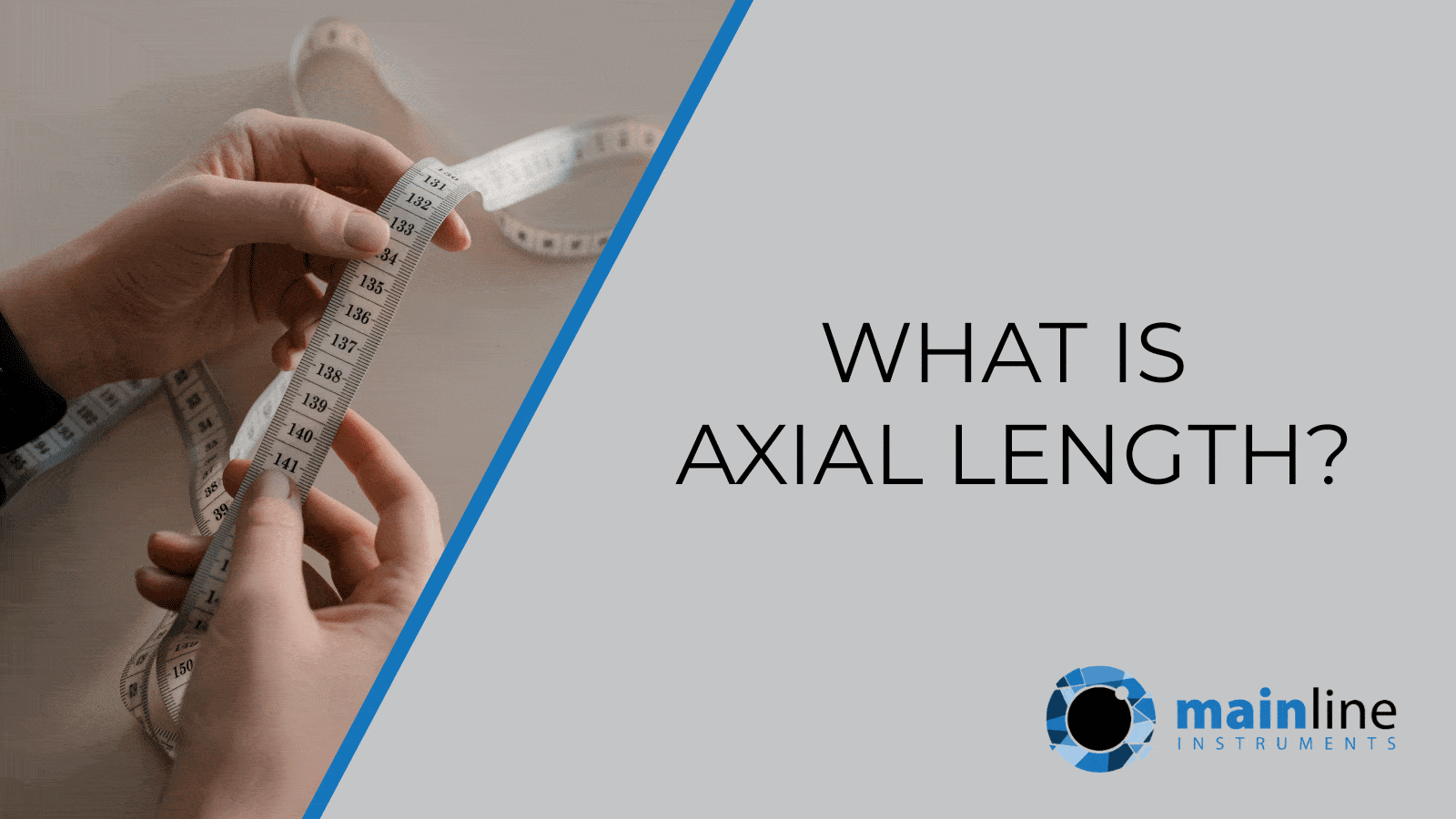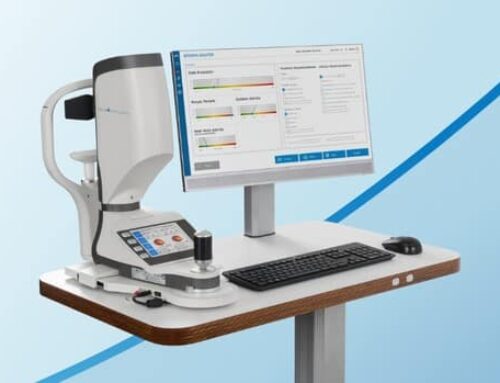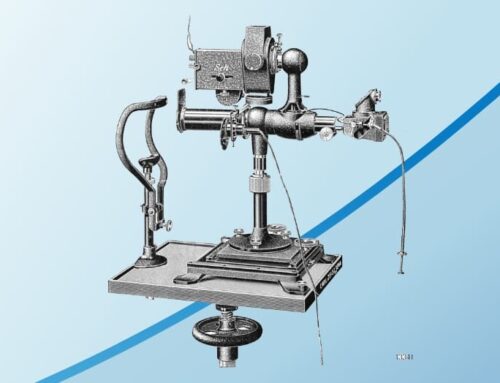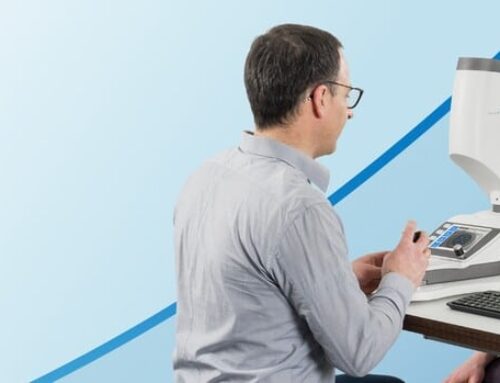The Axial Length (AL) is the distance from the corneal surface to an interference peak corresponding to the retinal pigment epithelium/Bruch’s membrane. The mean adult values for axial length are 22-25 mm and mean refractive power -25.0 -+1.0 D. The mean depth of the anterior chamber in an adult emmetropic eye is 3-4 mm.[1] Moving from the front of the eye to the back, the AL has 4 distinct sections:
- Central corneal thickness
- Anterior chamber depth
- Crystalline lens thickness
- Vitreous chamber depth
Myopia (short-sightedness) is caused by a mismatch between the optical power of the eye and its length. The development of myopia in children is due to axial elongation of the eye, with relatively stable corneal power throughout development, therefore it is necessary to measure AL to help myopia management in children.[2] This refraction error can then be fixed by corrective lenses or glasses.
Optical biometers can be used to measure the AL of the eye quickly and easily, giving accurate IOL power calculations.
The Tomey OA-2000 Optical Biometer integrates topography, axial length, lens thickness and pachymetry all in one machine, which gives the perfect data set for ray tracing. This assures the best results even in exceptional eye conditions or Toric IOL calculations. Read more about its features here.
References
[1] https://www.ncbi.nlm.nih.gov/pmc/articles/PMC3843406/
[2] http://reviewofmm.com/the-importance-of-measuring-axial-length-when-managing-childhood-myopia/







